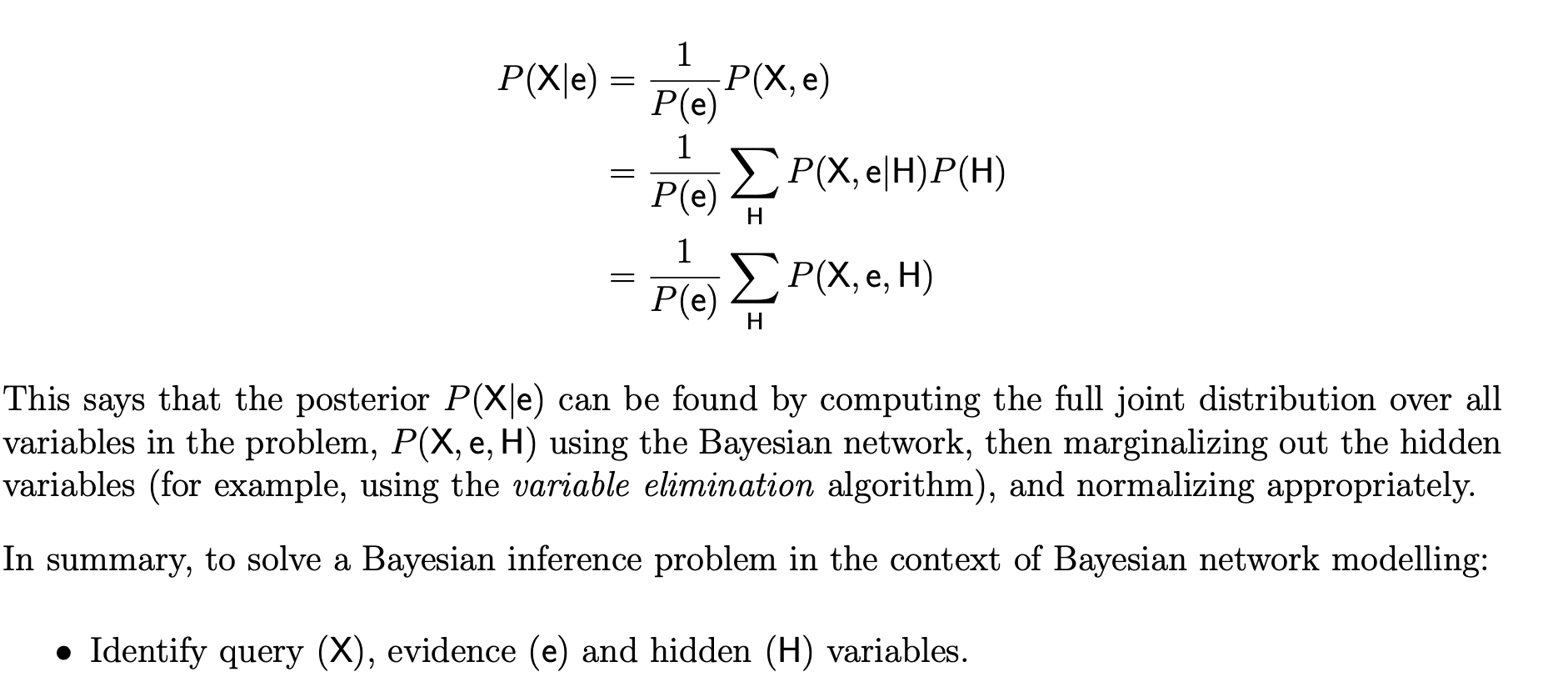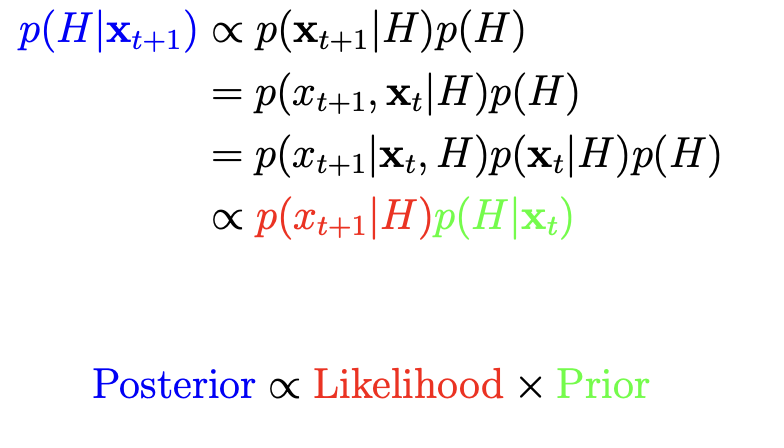ai part 2
1/22
There's no tags or description
Looks like no tags are added yet.
Name | Mastery | Learn | Test | Matching | Spaced |
|---|
No study sessions yet.
23 Terms
minimum remaining values heuristic
choose successor with the fewest legal values, selects successor states that are more likely to result in failure
degree heuristic
choose successor involved with the largest number of constraints on other potential successors
least constraining value
given a variable, assign the value that makes the fewest choices of variables for neighbouring candidates.
variables vs values (example: states and colour)
Variable | An unknown that must be assigned a value. |
Value | A possible option from the domain that can be assigned to a variable. |
| Variables | These are the regions that need a color assigned. |
| Values | These are the possible colors you can assign to each variable (region). |
If the task is to schedule classes into time slots
variables = classes. and domain = available time slots or rooms
Explain why it is a good heuristic to choose the variable that is most
constrained but the value that is least constraining in a CSP search.
The search tree for solutions grows exponentially, but most branches are invalid combi-
nations of assignments.
• The Minimum Remaining Values (MRV) heuristic chooses the variable most likely to
cause a failure - if search fails early, backtrack and prune the search space. If the current
partial solution cannot be expanded into a complete solution, is it better to know earlier
instead of wasting time searching exponentially many dead-ends.
• Because we need to find a single solution, we want to be generous and select the value
that allows the most future assignments to avoid conflict. This makes it more likely the
search will find a complete solution.
• This asymmetry makes it better to use MRV to prune exponentially growing search space
by choosing least-promising successors first, but increase the probability of success for
all successors via the least constraining value heuristic.
what is forward checking
Keep track of remaining legal values for unassigned variables
Terminate search when any variable has no legal values
what is a tree structured CSP
A tree-structured CSP has no loops in the constraint graph
explain ac-3 on a tree structured csp and give
A tree-structured CSP has no loops in the constraint graph. We first choose an arbitrary
node to serve as the root, convert all undirected edges to directed edges pointing away
from the root, and then topologically sort the resulting directed acyclic graph using the
methods you learnt in Week 3.
• Make the resulting graph directed arc-consistent by performing a backward pass from
the tail to the root, enforcing arc consistency for all arcs Parent(Xi) →Xi. This will
prune the domain of the variables in the constraint graph. Throw a failure value if this
is not possible.
• Now start at the root, and perform a forward assignment using standard backtracking.
• Checking consistency requires O(D2) operations (pairwise comparison), and no arc must
be considered more than once in the absence of backtracking, for a worst-case runtime
of O(ED^2)
P (H|X, Y )



how to get posterior probability from posterior ratio

P (X|e)

P (H|X, Y )

what is P(B,E) and what is P(X∣e)
P(B,E) is joint probability, P(X∣e) is conditional probability
how to find if two nodes are indepdent

what is Expected Utility
Expected Utility of an action is the sum of the utilities of all possible outcomes, weighted
by their probabilities.
A Decision Network
is a directed acyclic graph (DAG) with chance nodes, decision nodes, and
utility nodes. The edges represent the dependencies between the nodes, similar to a Bayesian
network. The chance nodes represent the uncertain variables that affect the outcome of the decision.
The decision nodes represent the decisions that can be made, each with a set of possible actions.
The utility node represents the utility of the outcome based on the values of the chance nodes and
the decision nodes
do bayes nets have to be DAGs
yes
what is joint distribution
If you have two variables, say:
AAA: whether it's raining (
TrueorFalse)BBB: whether the ground is wet (
TrueorFalse)
Then the joint distribution is:
P(A,B)P(A, B)P(A,B)
This gives the probabilities for every possible combination of values for AAA and BBB:
A | B | P(A, B) |
|---|---|---|
True | True | 0.3 |
True | False | 0.1 |
False | True | 0.4 |
False | False | 0.2 |
shapes for decision networks
• Chance nodes (ovals): represent uncertainty
• Decision nodes (rectangles): represent choices
• Utility nodes (diamonds): represent preferences
p(H|xt+1)
